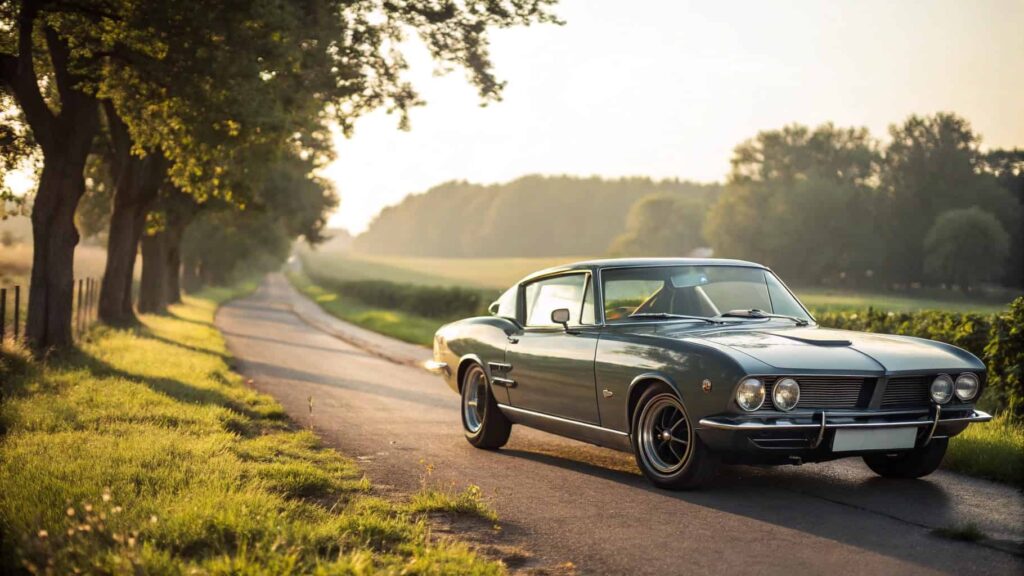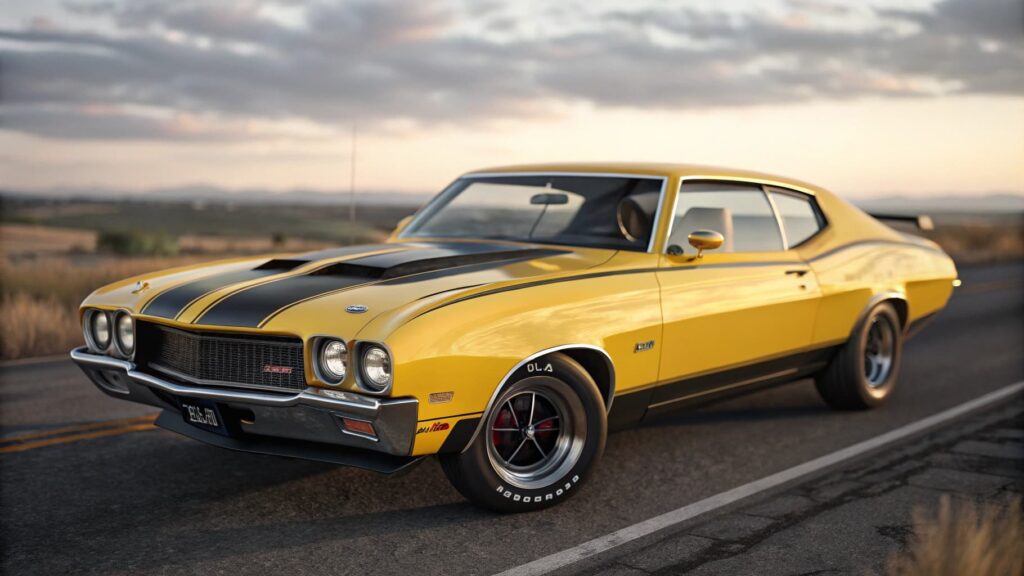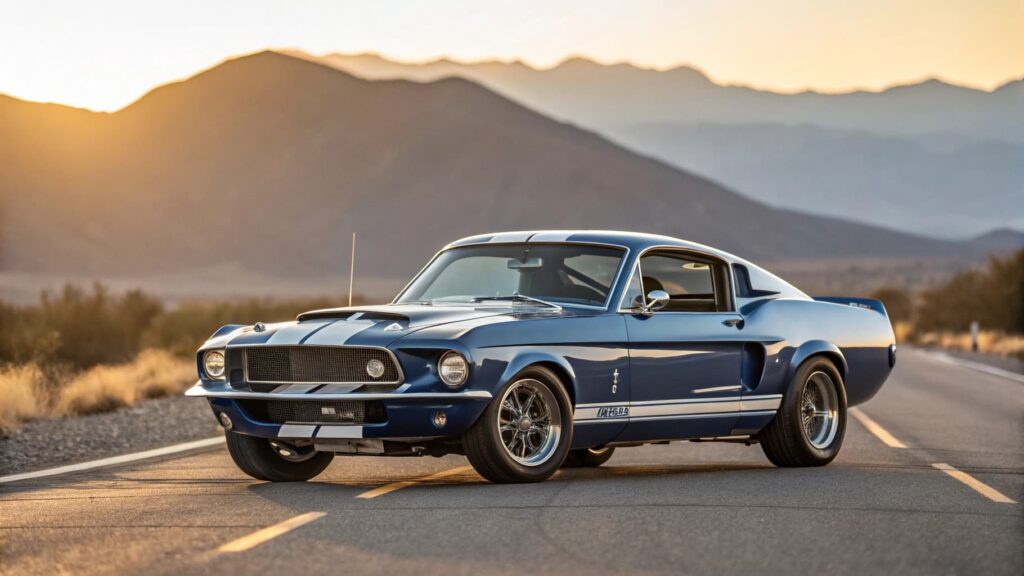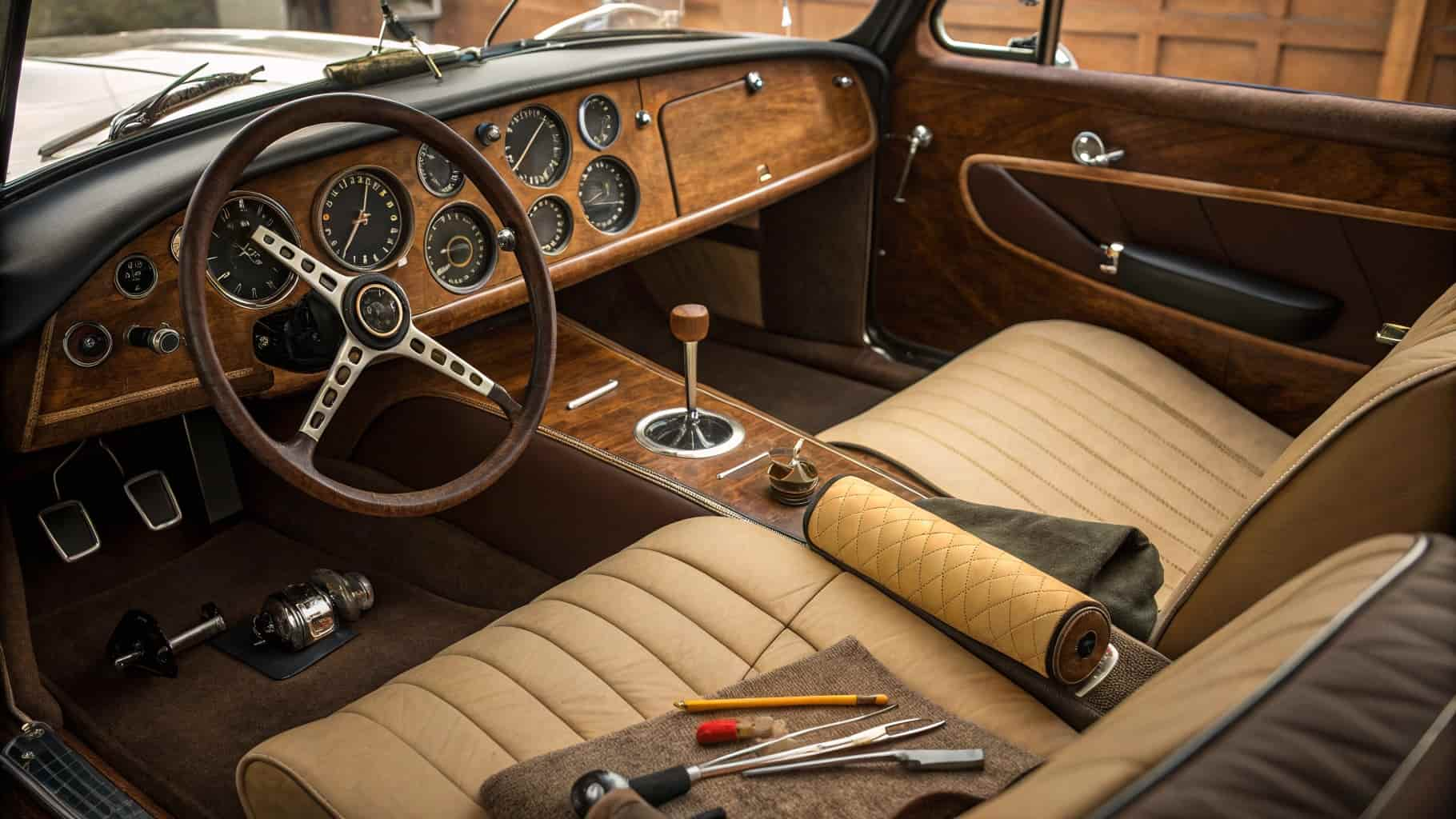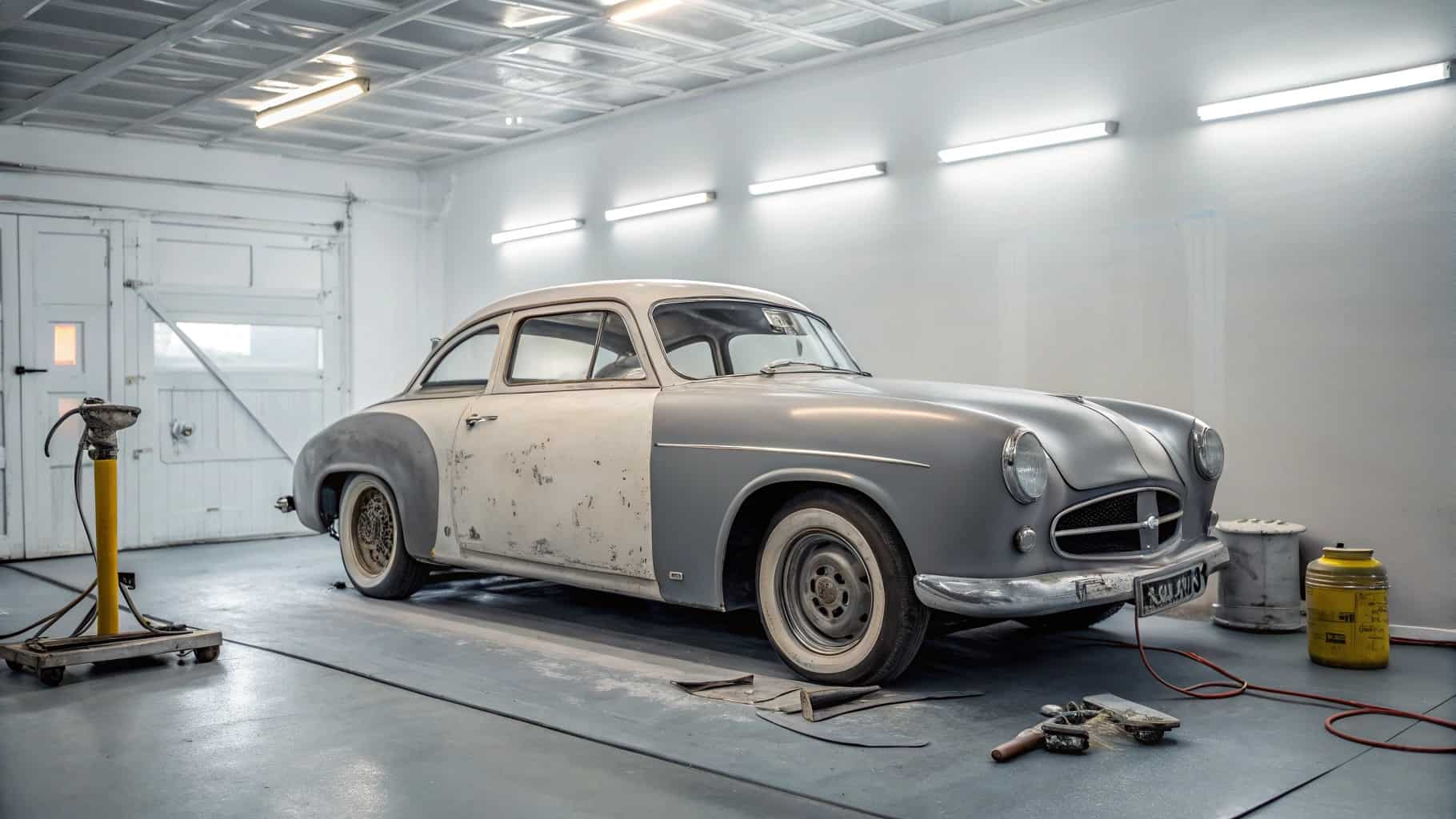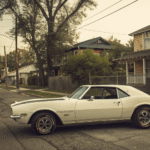Now Reading: 5 Must-Know Facts About the 1953 Chevrolet Corvette
-
01
5 Must-Know Facts About the 1953 Chevrolet Corvette
5 Must-Know Facts About the 1953 Chevrolet Corvette
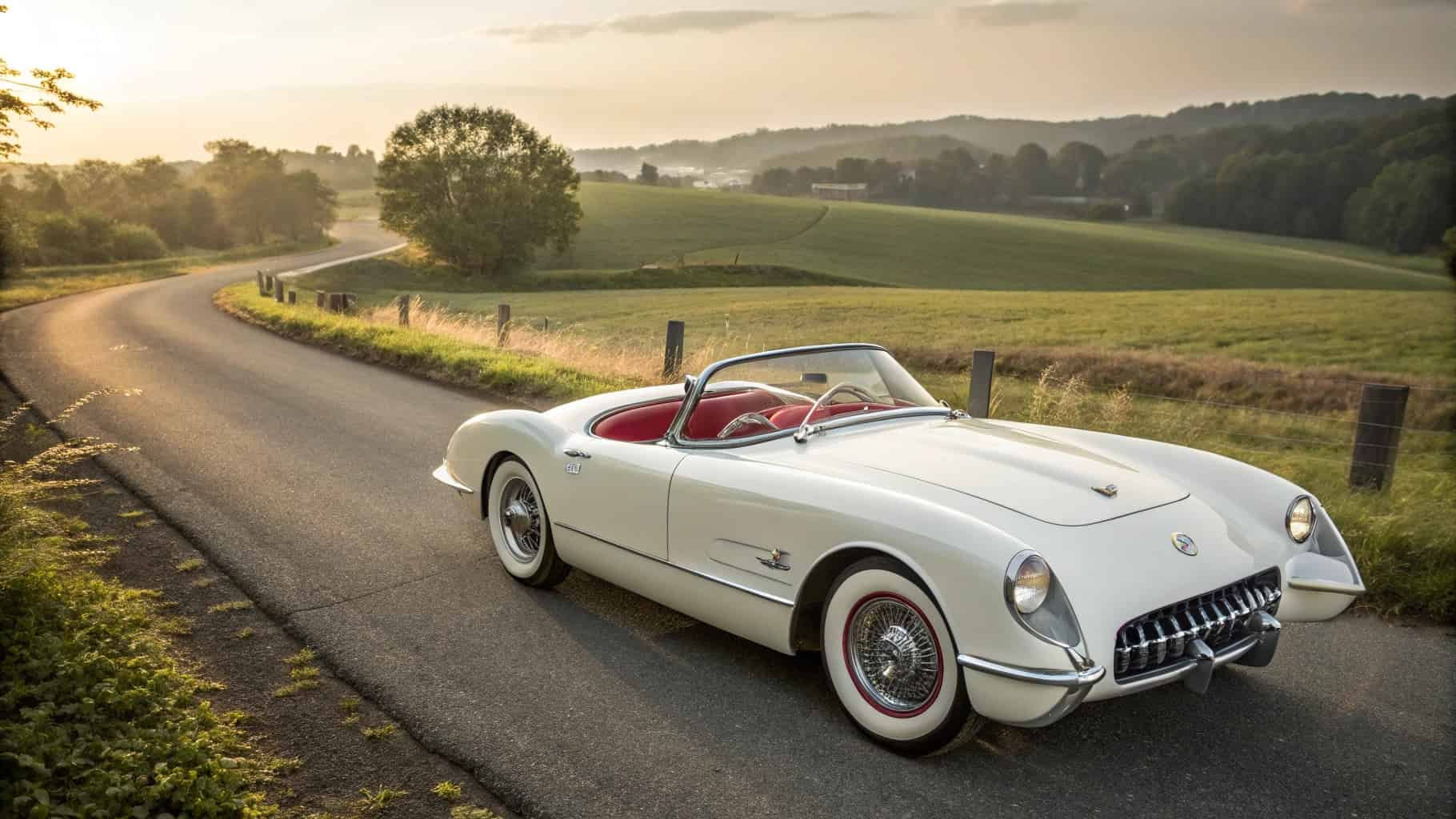
The 1953 Chevrolet Corvette wasn’t just a car—it was the beginning of an American legend. As the first production Corvette, this stylish roadster redefined sports cars in the United States and laid the foundation for one of the most iconic automotive lineages in history.
Here are five essential facts every car enthusiast should know about the first Corvette ever made.
1. The First Production Corvette: A Bold New Era Begins
The Birth of an American Sports Car
In June 1953, Chevrolet unveiled the Corvette, the very first mass-produced American sports car. Designed under the visionary eye of Harley J. Earl, this sleek two-seater was Chevrolet’s answer to the stylish European roadsters that had enchanted American soldiers returning from World War II.
Limited Production, Unlimited Impact
Only 300 units of the 1953 Corvette were ever produced, all assembled by hand at a plant in Flint, Michigan. This extremely limited run made the inaugural Corvette an instant collector’s item.
A Fiberglass First
The 1953 Corvette was groundbreaking for its use of a fiberglass body, a revolutionary material in the auto industry at the time. This innovation reduced weight and enabled more daring, aerodynamic styling than traditional steel-bodied cars.
Powering the Dream
Under the hood was the Blue Flame inline-six engine, mated to a two-speed Powerglide automatic transmission. While its 150 horsepower wasn’t groundbreaking, it was enough to spark a performance revolution that would define the Corvette brand in years to come.

2. Harley J. Earl: The Man Behind the Machine
You can’t talk about the 1953 Corvette without mentioning Harley Earl, the General Motors design chief who brought the car to life.
A Visionary with a Dream
Earl wanted to build a car that could compete with European sports cars like the MG and Jaguar—but with an affordable price tag and a distinctly American style. His design incorporated sleek curves, a fiberglass body, and a low, aggressive stance that made the Corvette unlike anything else on U.S. roads.
Design Meets Innovation
More than just an exterior designer, Earl shaped the Corvette’s very concept. He understood the postwar appetite for fast, fun, and aspirational cars, particularly among veterans and younger drivers. Thanks to his vision, the Corvette became a cultural icon—not just a car.
3. Motorama Auto Show: Where the Corvette Stole the Spotlight
The Corvette made its public debut in January 1953 at GM’s Motorama Auto Show at the Waldorf-Astoria in New York City. This glitzy event was known for showcasing futuristic concept vehicles—but the Corvette was something else entirely.
The Showstopper
With its fiberglass body and sleek profile, the Corvette captured attention immediately. Show attendees were stunned by its modern design and sporty character—especially at a time when most American cars were large and conservative.
From Concept to Reality
The overwhelming response at Motorama convinced GM to fast-track the Corvette into production. That show wasn’t just a debut—it was the moment the Corvette legend was born.
4. Polo White: The Only Color Option in 1953
A Color That Became Iconic
Every single 1953 Corvette came in the same exterior paint: Polo White. This simple yet elegant hue gave the car a timeless, upscale look—especially when paired with the vivid red interior.
Why Only One Color?
- Production Simplicity: Limiting options helped streamline the low-volume assembly process.
- Visual Impact: The white paint emphasized the car’s smooth lines and fiberglass curves.
- Brand Identity: The red-and-white combo became a signature look, reinforcing the Corvette’s bold new identity.
Today, that Polo White exterior is one of the defining features that make the 1953 Corvette a prized classic.
5. Zora Arkus-Duntov: The Corvette’s Performance Pioneer
While Harley Earl designed the Corvette, it was Zora Arkus-Duntov who transformed it into a performance powerhouse.
From Europe to Detroit
Born in Belgium and raised in Russia, Duntov was a racer, engineer, and innovator. After World War II, he moved to the U.S. and quickly made a name for himself with high-performance parts and engineering know-how.
Joining the Corvette Team
Duntov first encountered the Corvette at the 1953 Motorama show and was inspired to get involved. He soon joined GM and began pushing for better performance, ultimately convincing Chevrolet to add a small-block V8 engine to the Corvette lineup in 1955.
His Legacy Lives On
From pioneering fuel injection to laying the groundwork for the mid-engine Corvette C8, Duntov helped shape the Corvette into the world-class sports car it is today. His influence earned him the nickname “Father of the Corvette.”
Conclusion: The 1953 Corvette – A Legend in the Making
The 1953 Chevrolet Corvette was more than just a car—it was the birth of an icon. With its limited production, innovative fiberglass body, and bold styling, it broke new ground in the automotive world. Thanks to visionaries like Harley Earl and Zora Arkus-Duntov, the Corvette evolved from a modest cruiser into a global symbol of American performance and design.
Even decades later, the 1953 Corvette remains one of the most beloved and collectible classic cars in history.
FAQs
A fun fact about the Corvette is that it was the first mass-produced car with a fiberglass body. This lightweight material allowed for sleek, aerodynamic styling that helped the Corvette stand out from every other car on the road in the 1950s.
Out of the original 300 Corvettes built in 1953, it’s estimated that around 225–250 still exist today. Many have been carefully restored, and surviving models are considered valuable collector’s items.
The 1953 Corvette is extremely rare, with only 300 ever produced. Because it was hand-built in limited numbers, it’s one of the rarest and most sought-after Corvettes among classic car collectors.
As of today, a well-preserved or fully restored 1953 Corvette can fetch anywhere from $250,000 to over $1 million, depending on its condition, originality, and documented history. Its extreme rarity drives high demand among collectors.
The 1953 Corvette could reach a top speed of around 105 mph and accelerate from 0 to 60 mph in about 11 seconds. While modest by today’s standards, it was respectable for a 1950s American sports car.
Officially, it was known as the Chevrolet Corvette, but it gained the nickname “America’s Sports Car.” The name “Corvette” was inspired by a small, agile naval warship, reflecting the car’s sporty and sleek nature.



